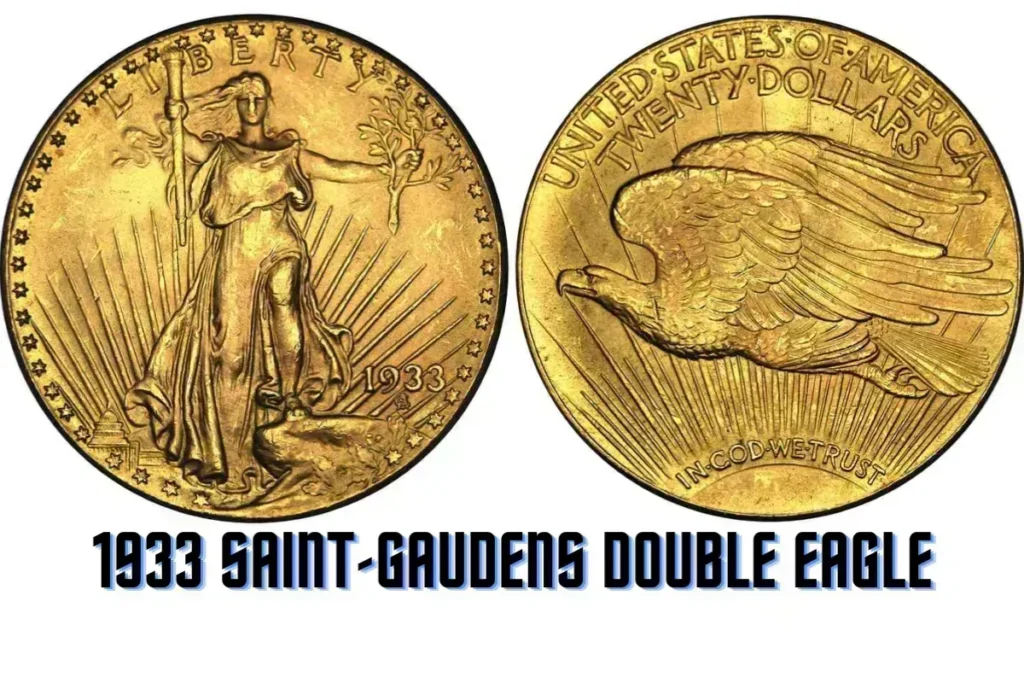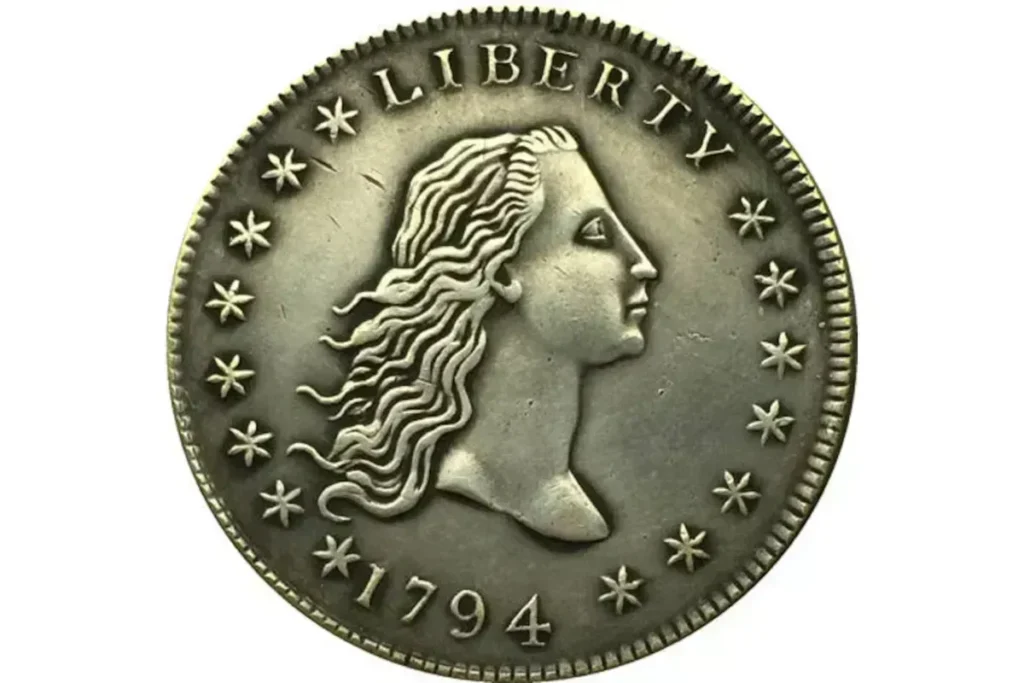Coins are not just ordinary pieces of currency; some can be worth much more than their face value. For instance, the rare Bicentennial Quarter is valued at nearly $90 million!
Alongside this impressive coin, two others are also worth over $30 million. Let’s explore these rare coins and learn why they hold such high value.
What Makes the Bicentennial Quarter So Valuable?
The 1976 Bicentennial Quarter was created to celebrate the 200th anniversary of the United States’ independence. Its unique design features a colonial drummer on the reverse side.
However, only a few of these coins have certain special features, like production errors, making them rare and highly valuable. One example of this coin is said to be worth close to $90 million, making it a prized possession for collectors!
Two Other Rare Coins Worth Over $30 Million
Besides the Bicentennial Quarter, there are two other coins that collectors are excited about because of their extraordinary value:
The 1933 Saint-Gaudens Double Eagle

This gold coin never officially entered circulation and is considered one of the most valuable coins in history. At auction, it sold for more than $30 million, breaking records for its rarity and historical importance.
The 1794 Flowing Hair Silver Dollar

This coin is believed to be the first silver dollar ever minted in the United States. Its rarity and historical significance give it a value exceeding $30 million.
Why Are These Coins So Expensive?
Several factors influence the value of a coin, including rarity, historical significance, and condition. The three coins mentioned are rare because only a limited number were
minted, and even fewer remain in perfect condition. Coins with unique errors, such as misprints or incorrect designs, are also more valuable to collectors.
How to Spot a Rare Coin
If you’re a coin collector or just curious about whether you have a valuable coin, here are some tips to help you identify a rare one:
1. Look for Minting Errors
Coins with mistakes, such as double strikes or off-center designs, are often worth much more than their face value.
2. Check the Date and Mint Mark
Certain years and mint locations produced fewer coins, making them rarer.
3. Assess the Condition
Coins in mint or uncirculated condition are typically more valuable than those that have been heavily used.
Owning a rare coin like the Bicentennial Quarter, the 1933 Double Eagle, or the 1794 Flowing Hair Silver Dollar can be incredibly rewarding, both financially and historically.
These coins offer a glimpse into the past and can bring immense value to collectors. Whether you’re an experienced numismatist or just beginning, it’s always thrilling to discover if a simple coin in your pocket could be worth millions!
In conclusion, the world of rare coins is fascinating and full of surprises. Coins like the Bicentennial Quarter, 1933 Saint-Gaudens Double Eagle, and 1794 Flowing Hair Silver Dollar show how items that seem ordinary can hold incredible value.
As you explore coin collecting, remember to look for unique features and pay attention to the condition. Who knows? You might just have a treasure in your pocket!
What is the most valuable coin in the world?
The most valuable coin is often considered to be the 1933 Saint-Gaudens Double Eagle, which sold for over $30 million.
How can I tell if a coin is rare?
Look for minting errors, check the date and mint mark, and assess the condition of the coin.
What makes the Bicentennial Quarter special?
It celebrates the 200th anniversary of U.S. independence and has a unique design, making certain versions highly valuable.
Why do coins have errors?
Errors can occur during the minting process, resulting in misprints or unusual designs that can make a coin more valuable.
Is coin collecting a good investment?
Yes, some coins can increase in value over time, making coin collecting a potentially rewarding hobby.















